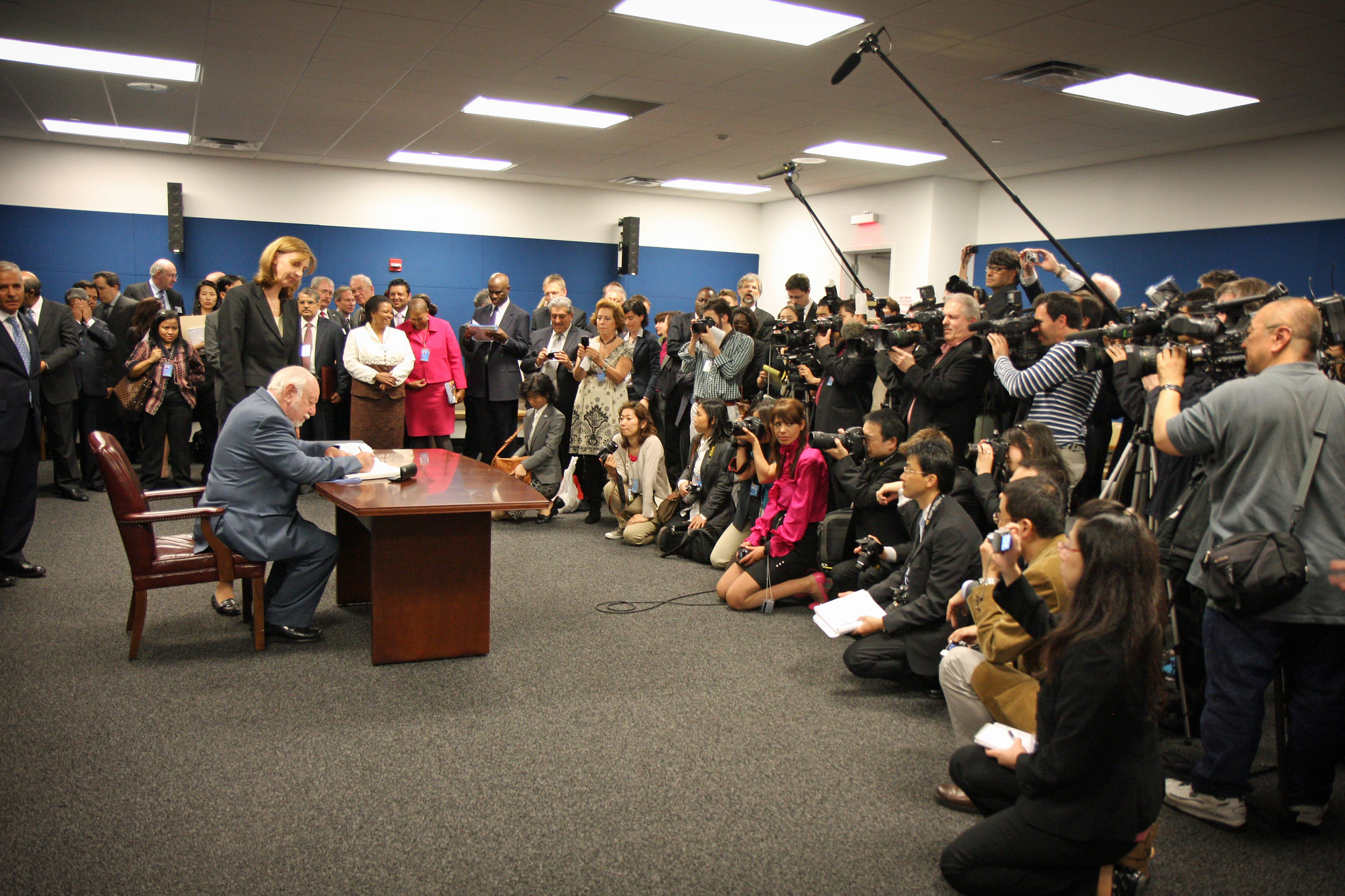Biodiversity underpins ecosystem functioning and the provision of ecosystem services essential for human well-being. It provides for food security, human health, the provision of clean air and water; it contributes to local livelihoods, and economic development, and is essential for the achievement of the Sustainable Development Goals, including poverty reduction.
The Convention on Biological Diversity (CBD), adopted at the 1992 World Summit in Rio de Janeiro, was the first international convention to recognise the interlinked relationship between people and their environment and the importance of encouraging conservation and sustainable use of the components of biological diversity. It recognizes the sovereign rights of States over natural resources in areas within their jurisdiction and establishes basic principles for the fair and equitable sharing of benefits derived from the utilization of genetic resources and their associated traditional knowledge.
Eight years later, the same Parties which adopted the CBD agreed on the Bonn Guidelines. These guidelines were of voluntary nature and therefore did not fulfill the expectations of many developing countries that intended to exploit the potential of ABS to contribute to conservation, sustainable development and poverty eradication. In addition, few regulatory frameworks had been formulated by then that would ensure fair and equitable benefit-sharing with providers of genetic resources including indigenous peoples and local communities (IPLCs) for the utilization of "their" genetic resources and associated traditional knowledge.
At the 2002 World Summit on Sustainable Development in Johannesburg, political leaders called for negotiations of a legally binding framework to ensure fair and equitable sharing of benefits arising of the utilization of genetic resources. Several meetings of the Conference of the Parties to the CBD (COPs) and Working Groups on ABS (WGABS) followed until this was achieved with the adoption of the Nagoya Protocol in 2010.
While the CBD pushed ABS into the global political limelight, it took 18 years to carve the concept in stone through the adoption of the Nagoya Protocol. (The header photo shows Norway signing the Nagoya Protocol in New York on May 11, 2011). This international agreement is without doubt a major milestone in the efforts to ensure justice in the protection and sustainable use of biological and genetic resources worldwide. It is also well-integrated into the global context of sustainable development: reaching the Sustainable Development Goals (SDGs), ensuring food security, biodiversity conservation, supporting the emergence of a Green Economy and establishing North-South Justice.
